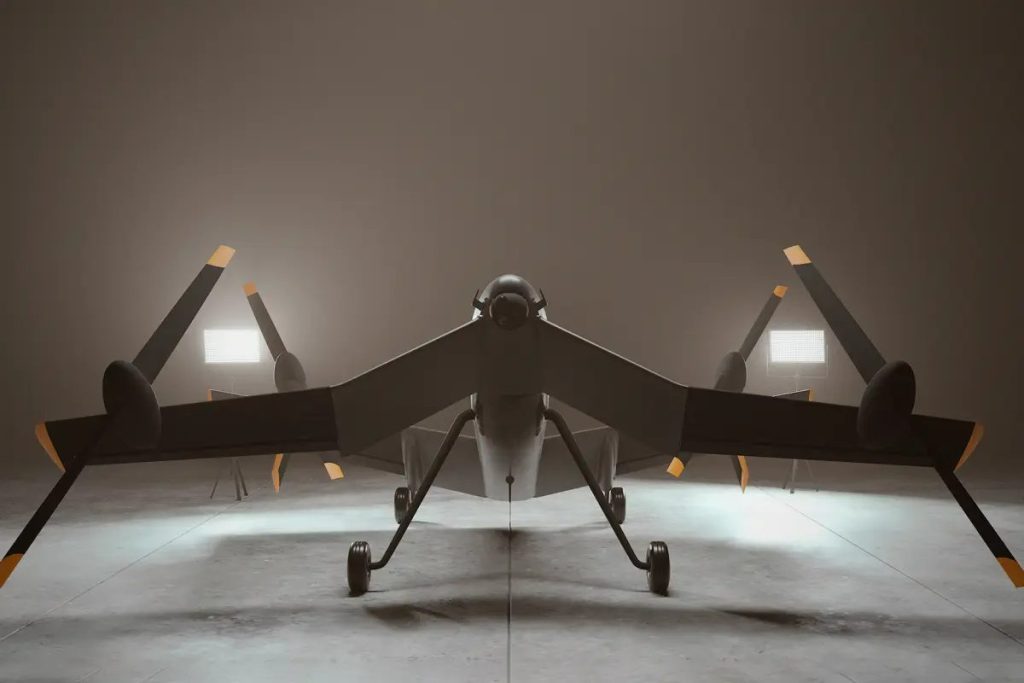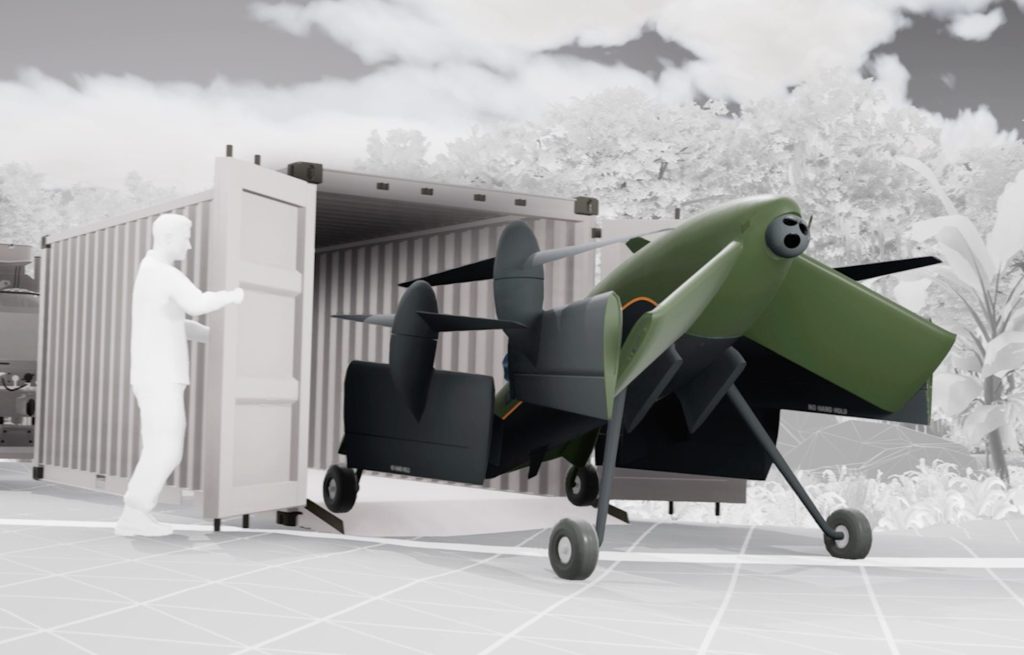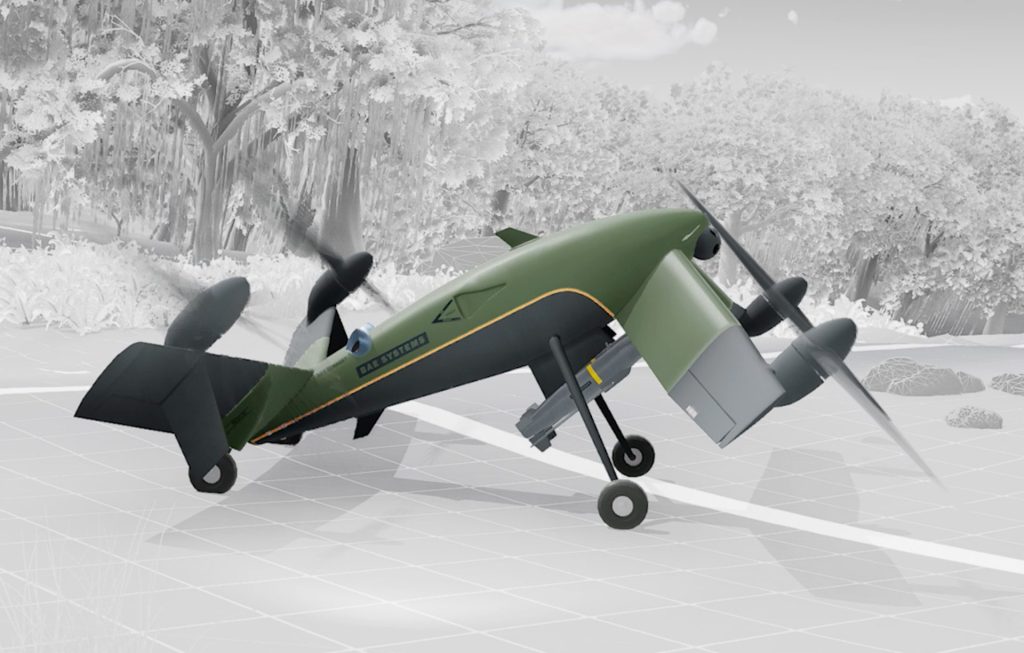BAE unveils the Strix, a fascinating, tail-sitting X-wing VTOL UAV
BAE Systems has unveiled a fascinating new autonomous, hybrid, VTOL UAV for military use. The STRIX, developed in Australia, folds to fit inside a shipping container, and is capable of carrying 160 kg (353 lb) of payload over 800 km (500 miles).
BAE Systems has unveiled a new hybrid, autonomous, military UAV with VTOL capabilities and the ability to carry heavy payloads and munitions over long range missions BAE Systems Australia
The STRIX was unveiled this morning at Australia’s Avalon Air Show, in front of air force chiefs from around the world – with the notable exceptions, according to the ABC, of Russian and Chinese delegates, who have been excluded from the conference.
BAE Systems has developed the aircraft in conjunction with Perth-based company Innovaero. It describes the Strix as a “hybrid, tandem-wing, multi-domain and multi-role UAS,” capable of performing missions including air-to-ground strike, persistent intelligence, surveillance and reconnaissance, or potentially serving as a “loyal wingman” – style force multiplier to accompany military helicopters.
Folding wings allow the Strix to fit inside a container BAE Systems Australia
The airframe is a nuggety design, with medium-width wings at the front and rear. The forward wings are tilted downward, the rear wings upward, giving it an X-wing kind of configuration when viewed from directly in front of it. Large-diameter propellers are mounted at the four wing tips. Landing gear are attached directly to the tail of the aircraft, and on long stilts forward of the center, allowing the Strix to roll along the ground with its nose lifted at an angle.
The wings are foldable, and with the props in the right orientation, the Strix folds down to 2.6 x 4.5 m (8.5 x 14.8 ft) in size, making it easy to roll into a standard size container, so it can easily be moved about on a truck.
It can be launched and landed vertically without the need for a runway; the upward tilt at rest allows it to stand straight up on its back wheels under propeller power, and then lift off and land off the rear wheels alone, like a tail-sitter.
The Strix rises up onto its rear wheels to launch and land as a tail-sitter BAE Systems Australia
Its hybrid power system gives it an impressive range and endurance, carrying a range of different mission-specific payloads and munitions. It can run fully autonomously, controlled by BAEs own Strix Vehicle Management System – which is already in use for other autonomous platforms, including the M113 autonomous armored vehicle, and the jet-powered MQ-28 Ghost Bat loyal wingman UAV. This can be run from a ground station, or the Strix can be controlled from on board a helicopter to expand its capabilities and protect an air crew in a high-threat environment.
“STRIX could be ready for operational service as soon as 2026 and work is already underway on a STRIX prototype,” says BAE Systems Australia CEO Ben Hudson in a press release. “We’re excited that this is the first UAS of its kind to be developed in Australia and look forward to working with partners across the country to deliver this capability to customers.”
Check it out in the (silent) render video below.
Hits: 29











